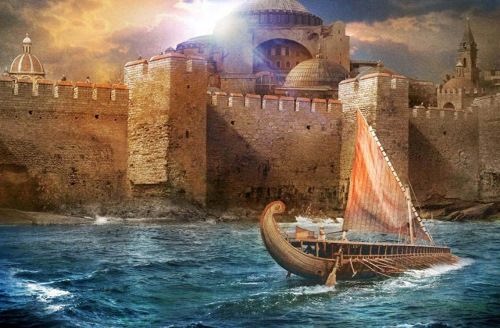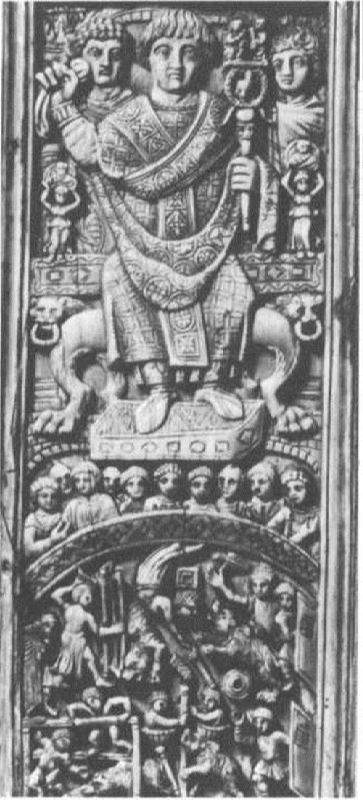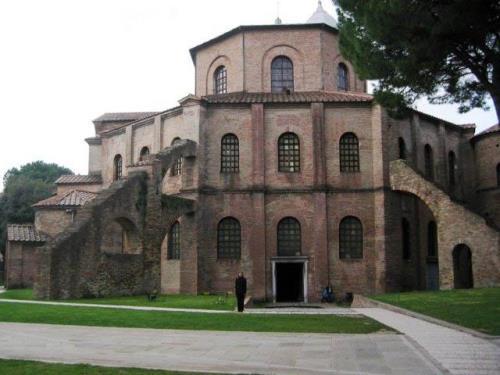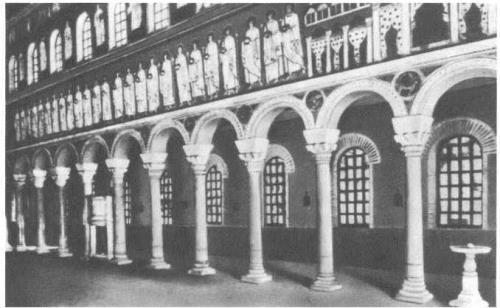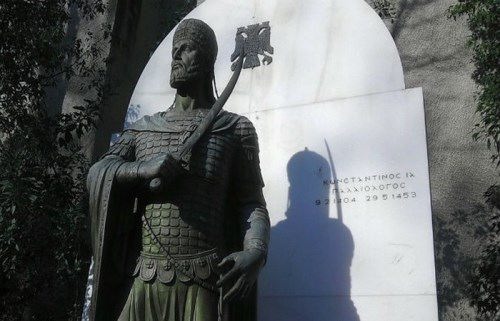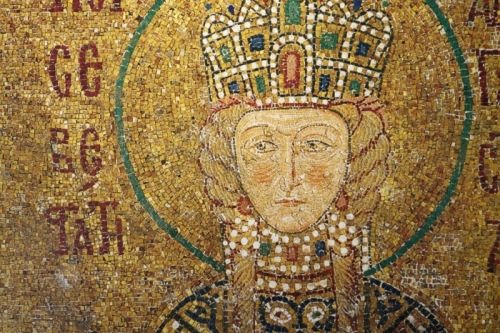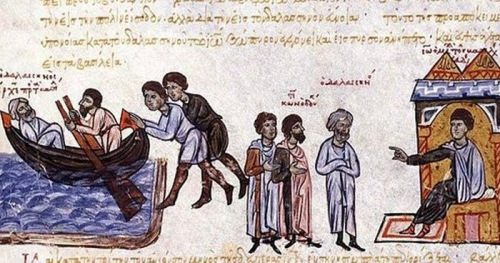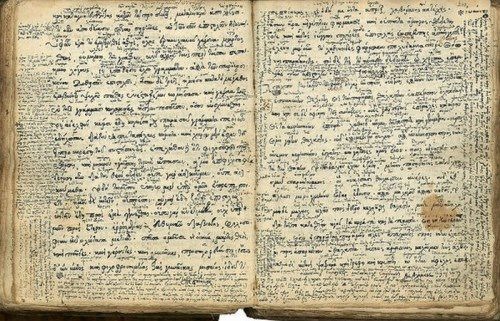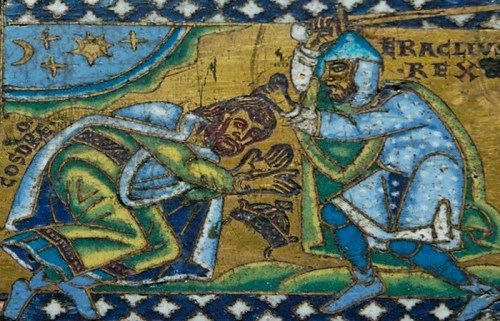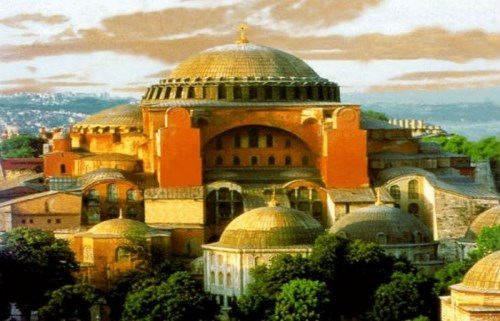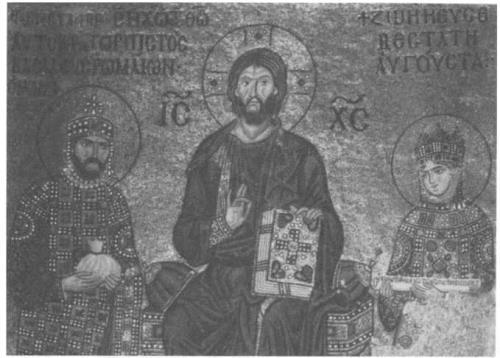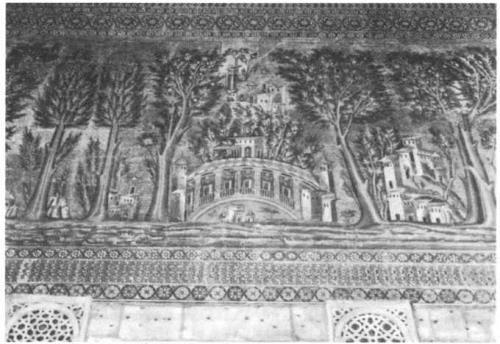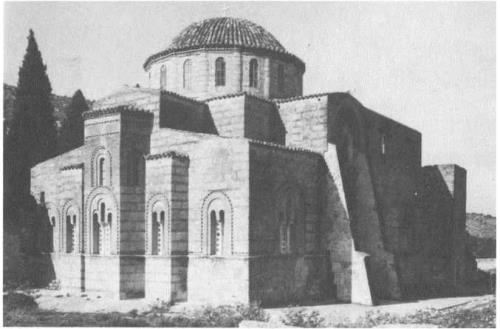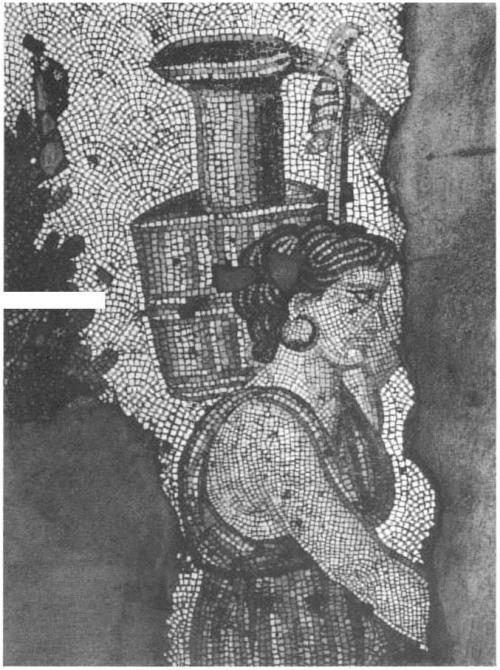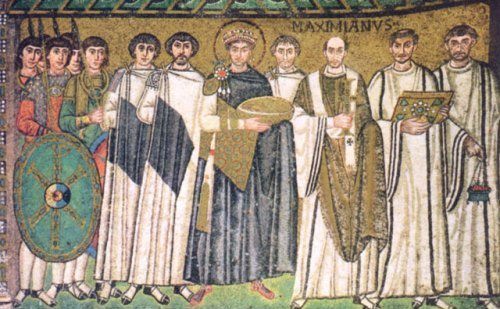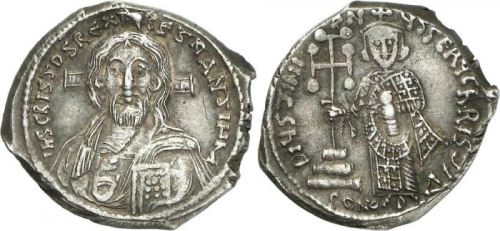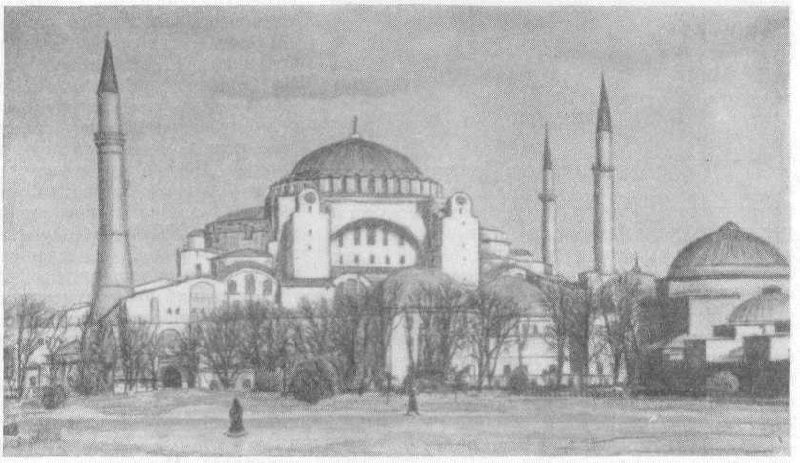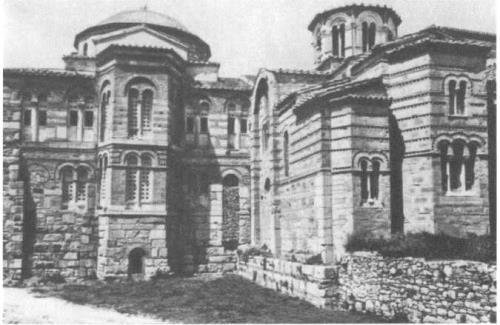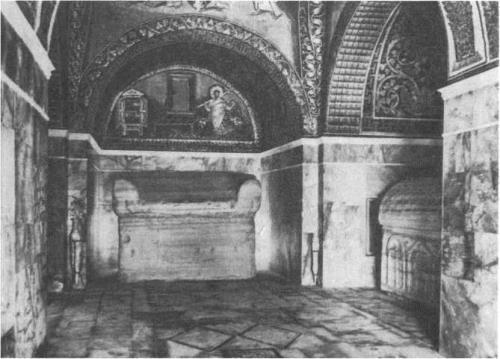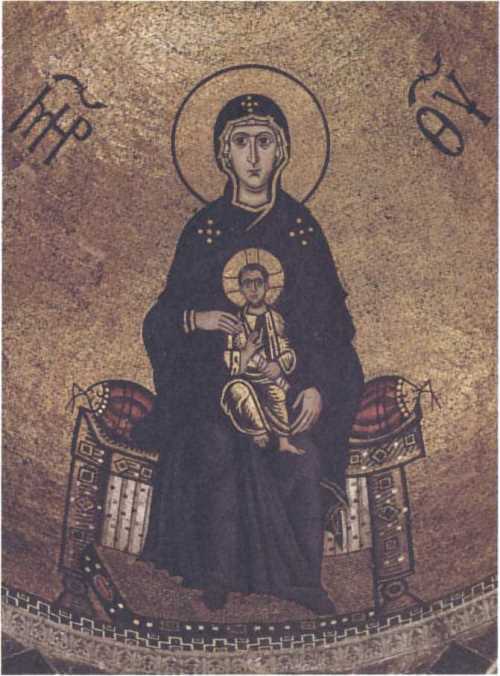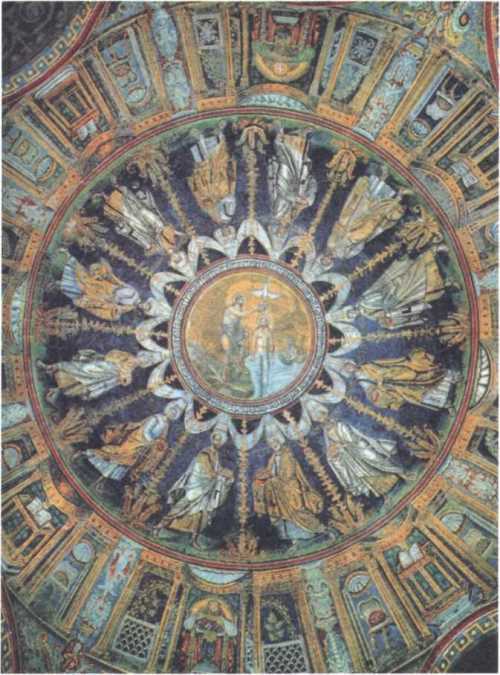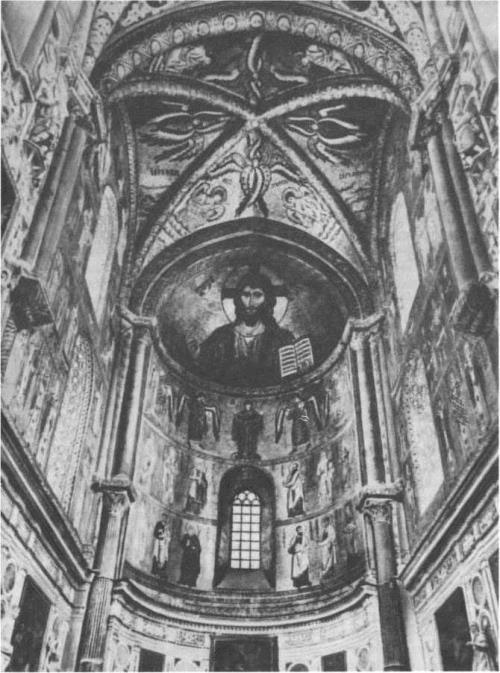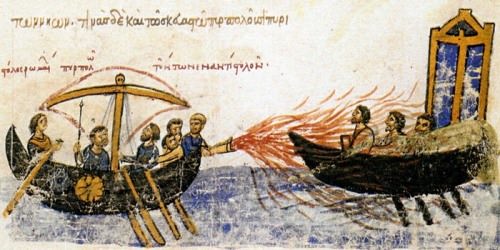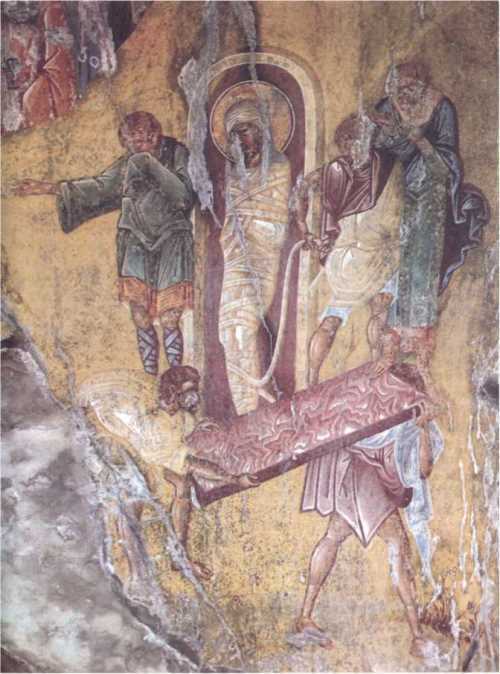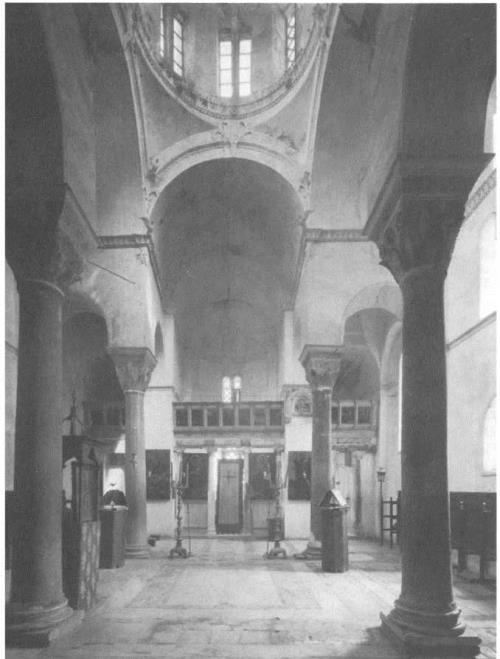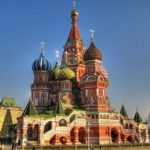Byzantine art and architecture
The Byzantine Empire is known for its art and architecture. In AD 395 the Roman Empire split into two parts. The eastern part became known as the Byzantine Empire and lived on until 1453. Constantinople (now Istanbul, Turkey) was the capital of the Byzantine Empire, which extended from the Middle East to southern Spain.
The people made colorful mosaics out of broken bits of stone. They built buildings with large domes. The Byzantines also created a new branch of Christianity – Eastern Orthodoxy.
One of the greatest emperors was Justinian I. He ruled from 527 to 565 and expanded the empire and built many monuments.
Despite the fact that the founder of Byzantium is the Emperor Constantine the Great, the state began to form 60 years after his death. Emperor Constantine, who stopped persecution of Christians, laid the foundation of the Christian empire, and the period of its formation stretched for almost two centuries.
It was Constantine who moved the capital of the empire from Rome to the ancient city of Byzantium, after the name of which many centuries later the empire became known as the Byzantine Empire.
Byzantium had a huge, fundamental influence on the formation of European culture, on the enlightenment of the Slavic peoples.
In 1453 the Turks captured Constantinople and made it the capital of the Ottoman Empire. The Turks made the Church of Hagia Sophia into a mosque. Now the building is a museum.
In the Middle Ages feudal society with its class hierarchy developed in Byzantium. The social and cultural life of the country was subordinated to the despotic power of the emperor and the church. The cheerful mythology of antiquity was superseded by the ascetic ideals of Christian religion. Religious ideology limited the horizons of artists, constrained their creative search. And yet the art of Byzantium is represented with a lot of monuments.
In the VI century, under Emperor Justinian I, the Byzantine Empire reached its peak. Art glorified the power and military triumphs of the state.
Progressive elements of the traditions of Byzantine art have been further developed in the art of other states, in particular Ancient Rus, the peoples of the Balkan peninsula, Italy, and the Caucasus.
